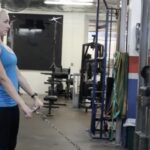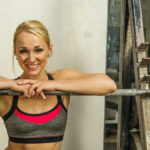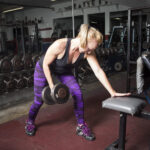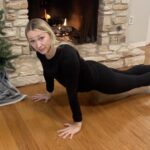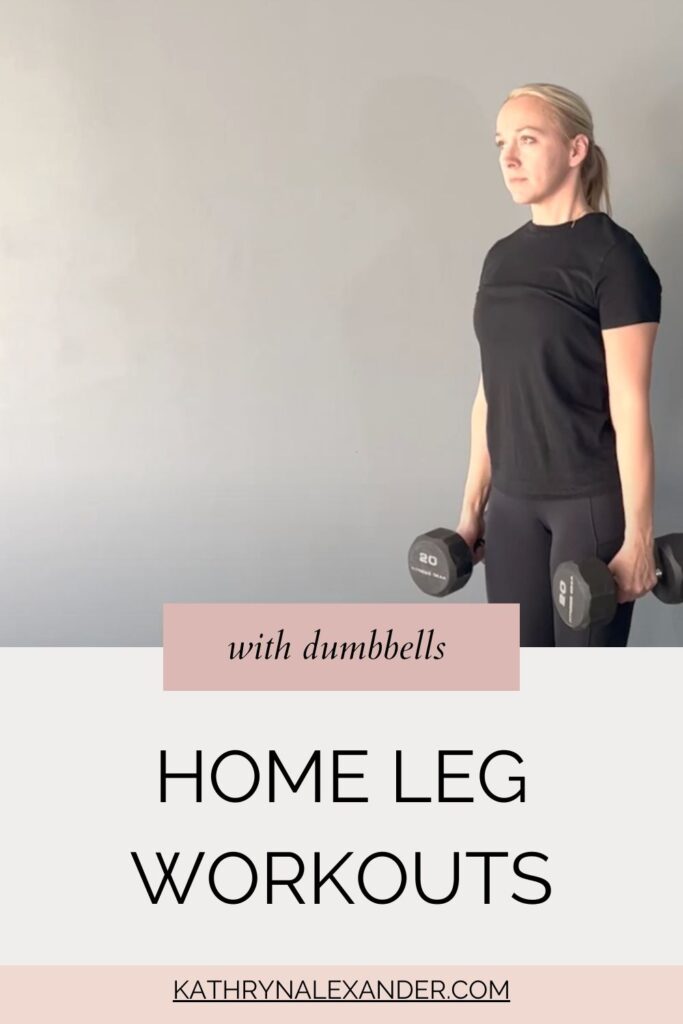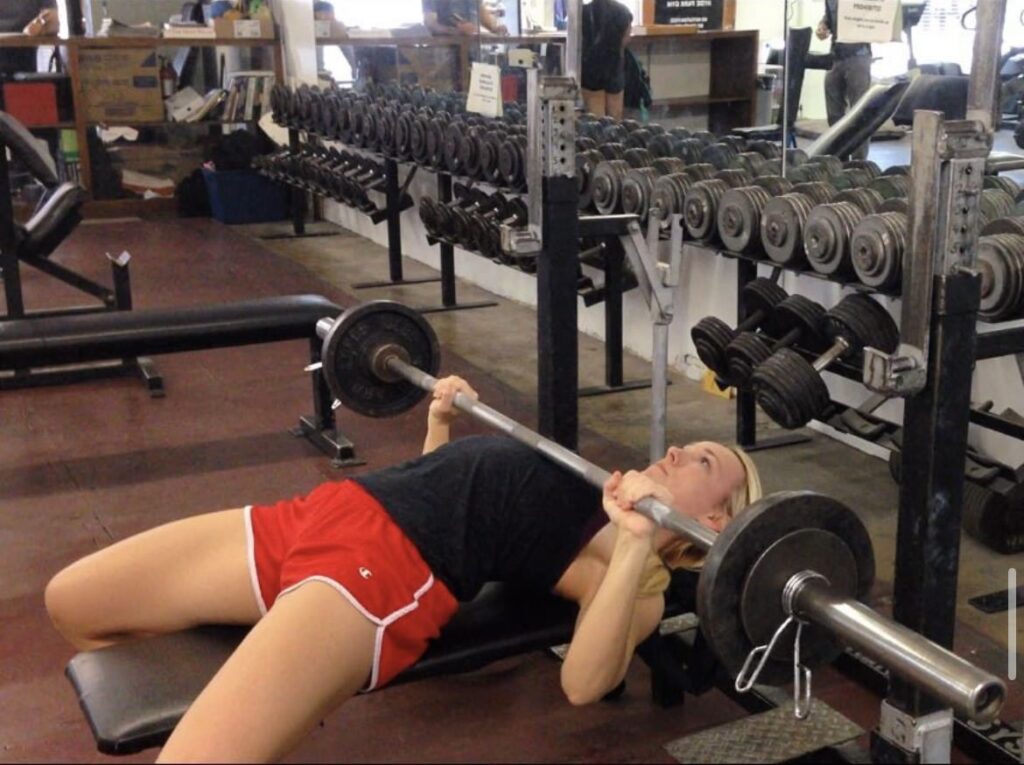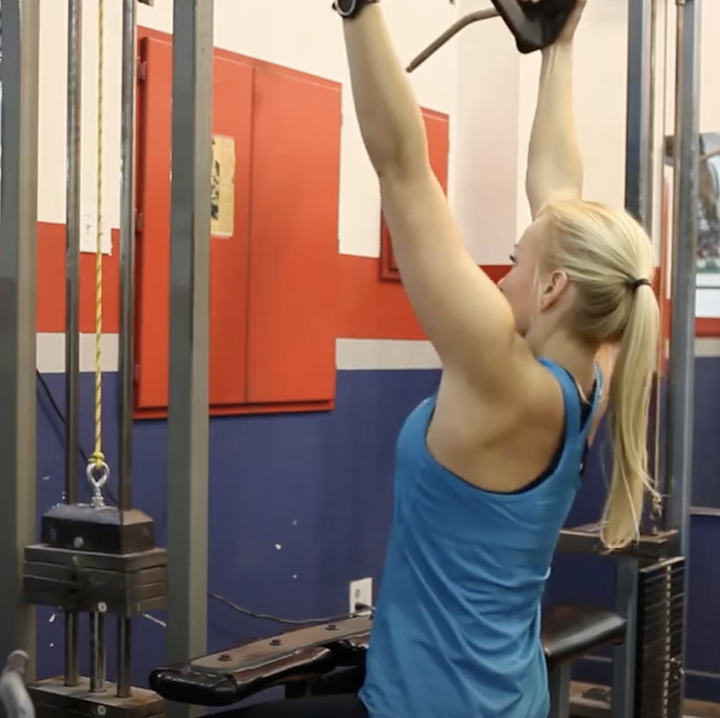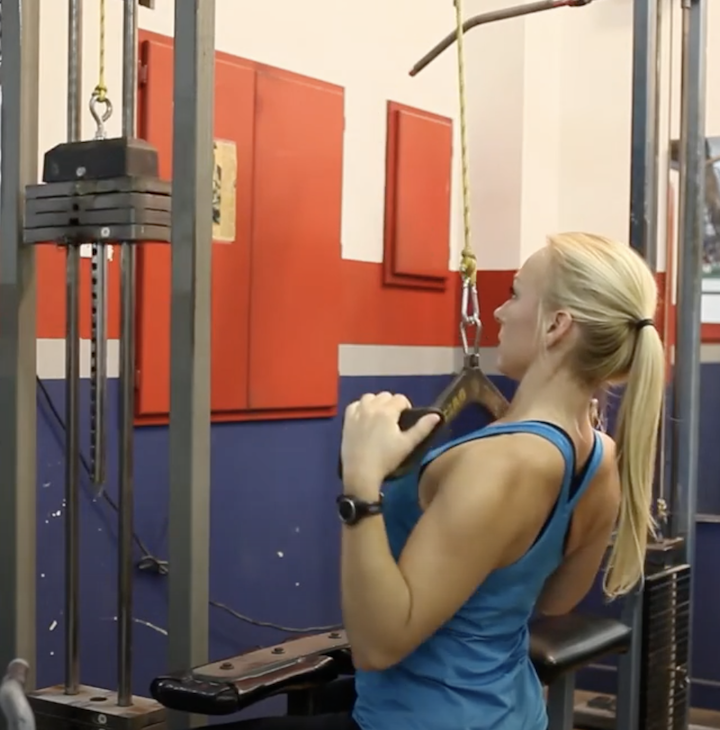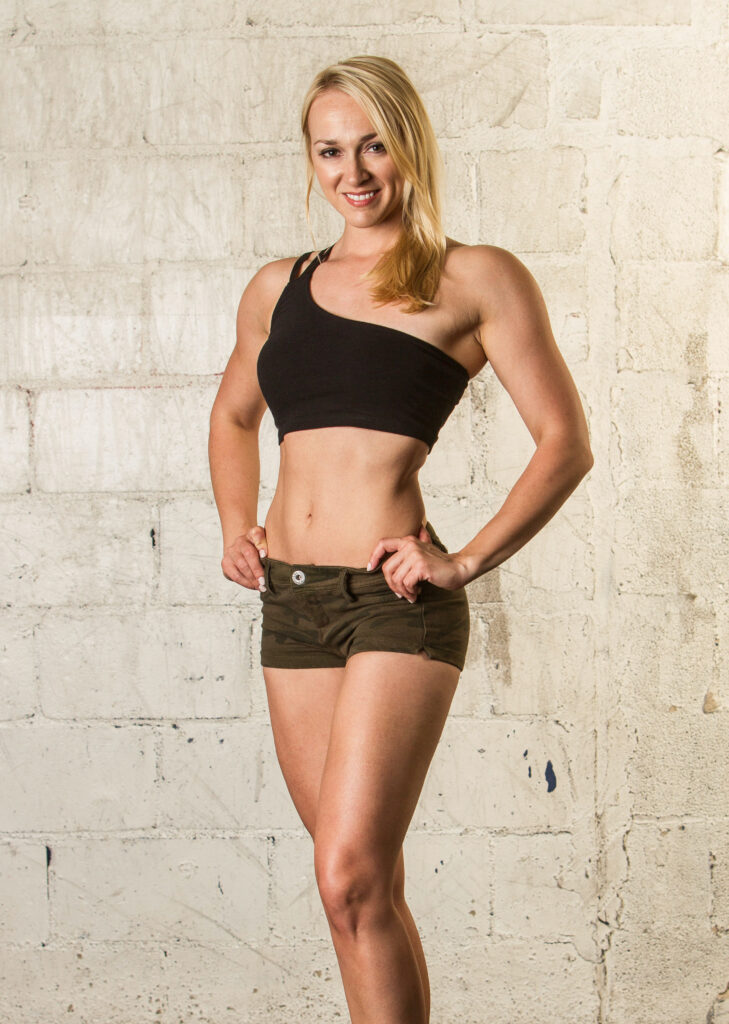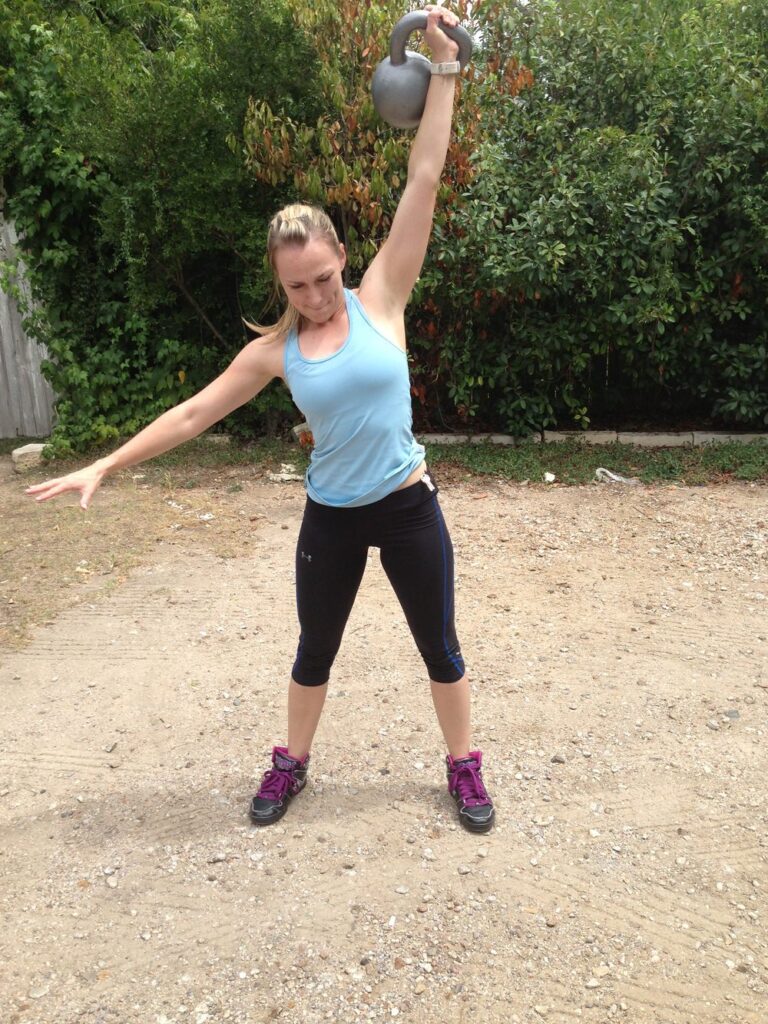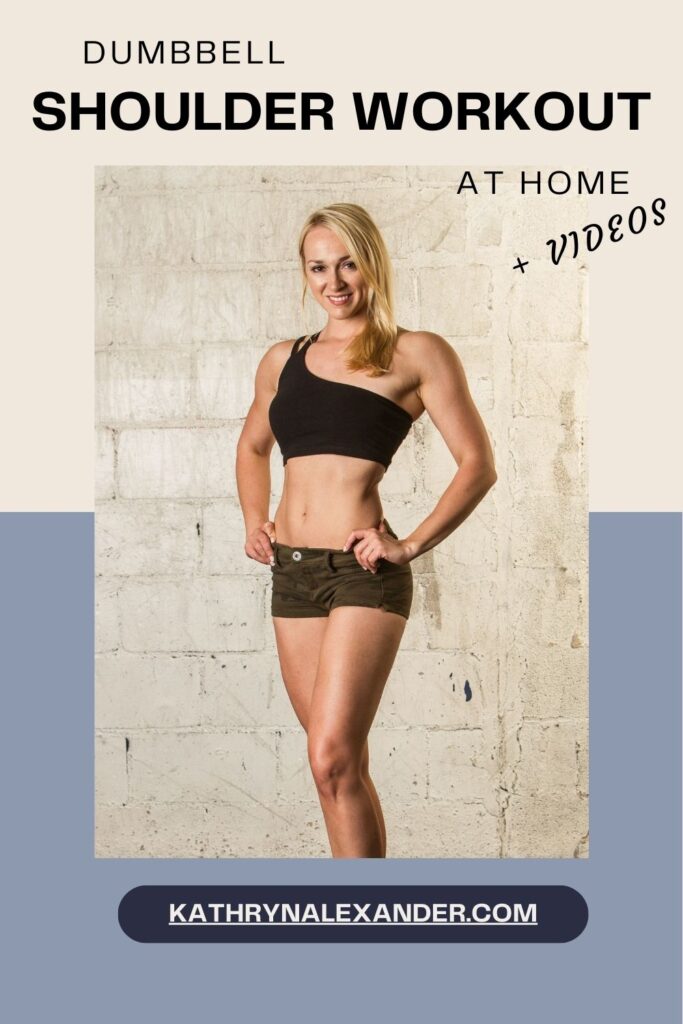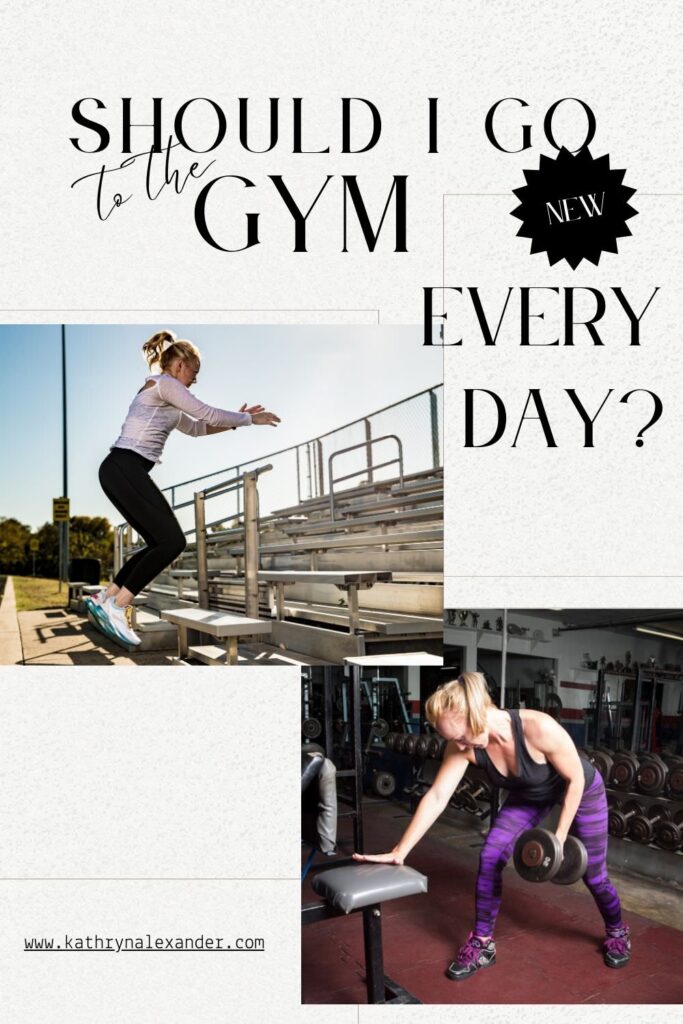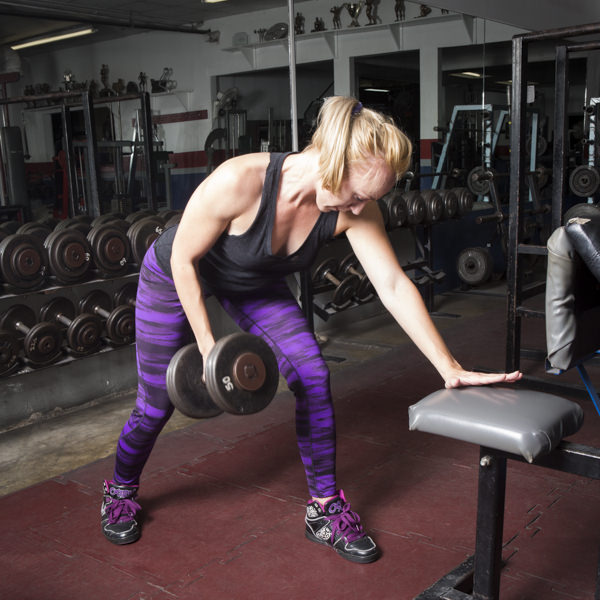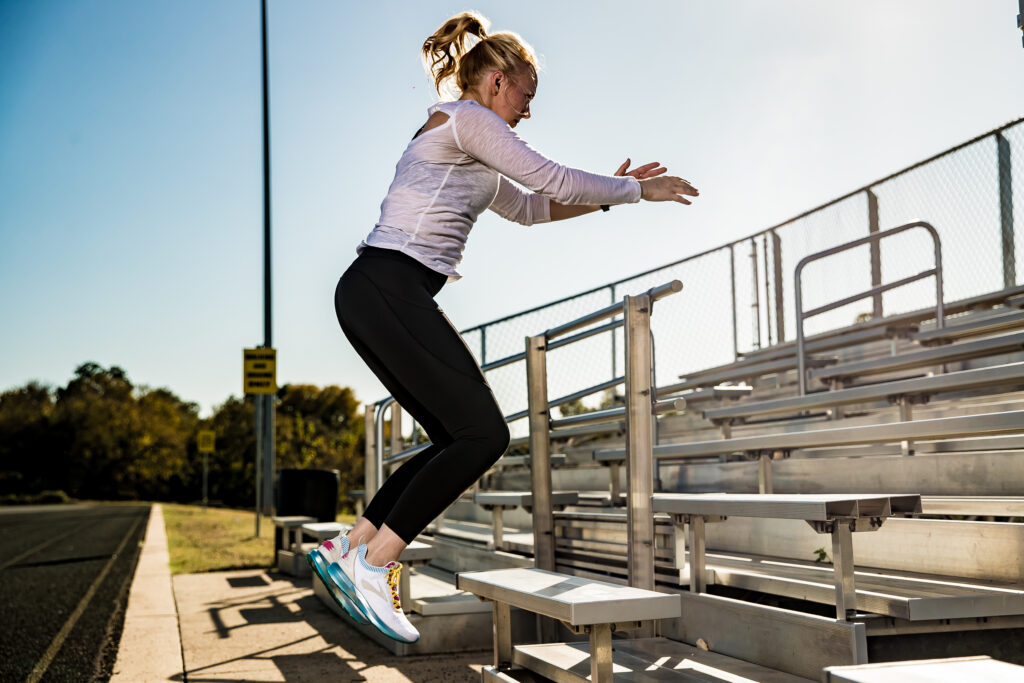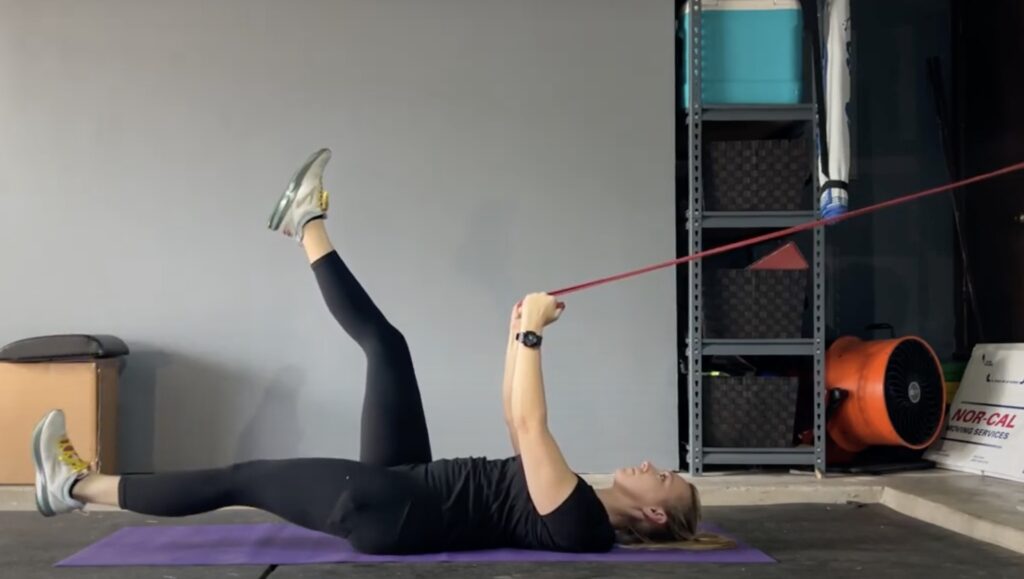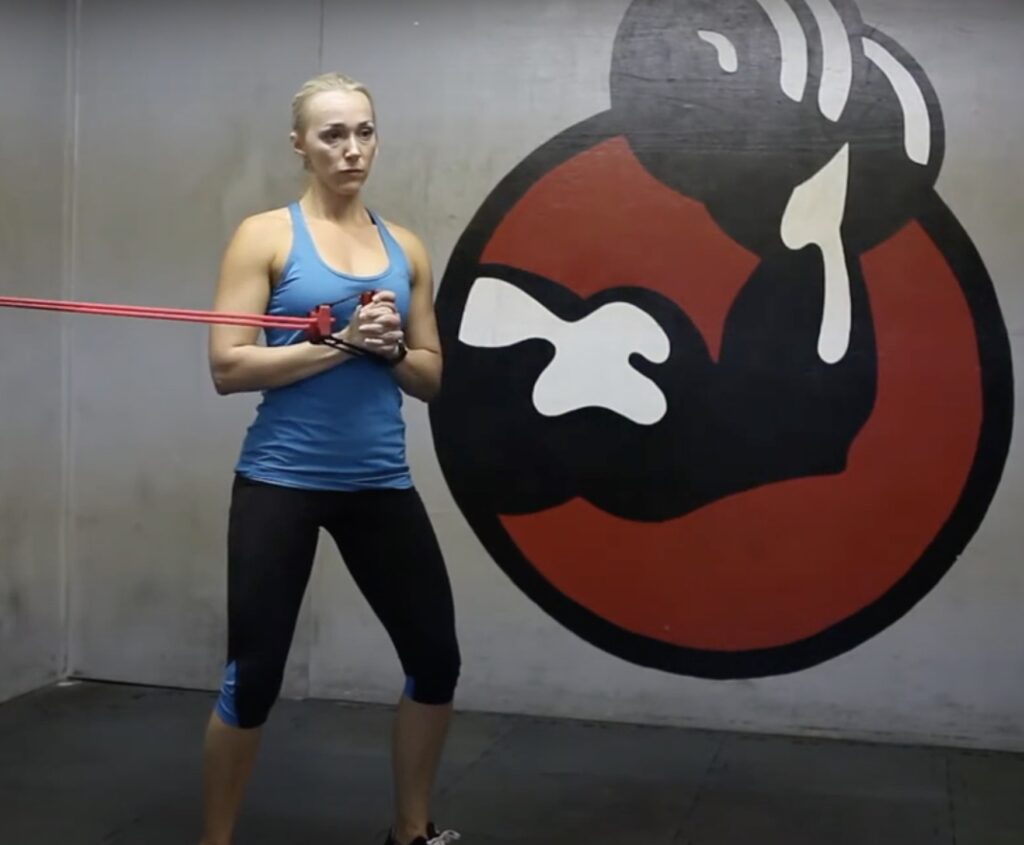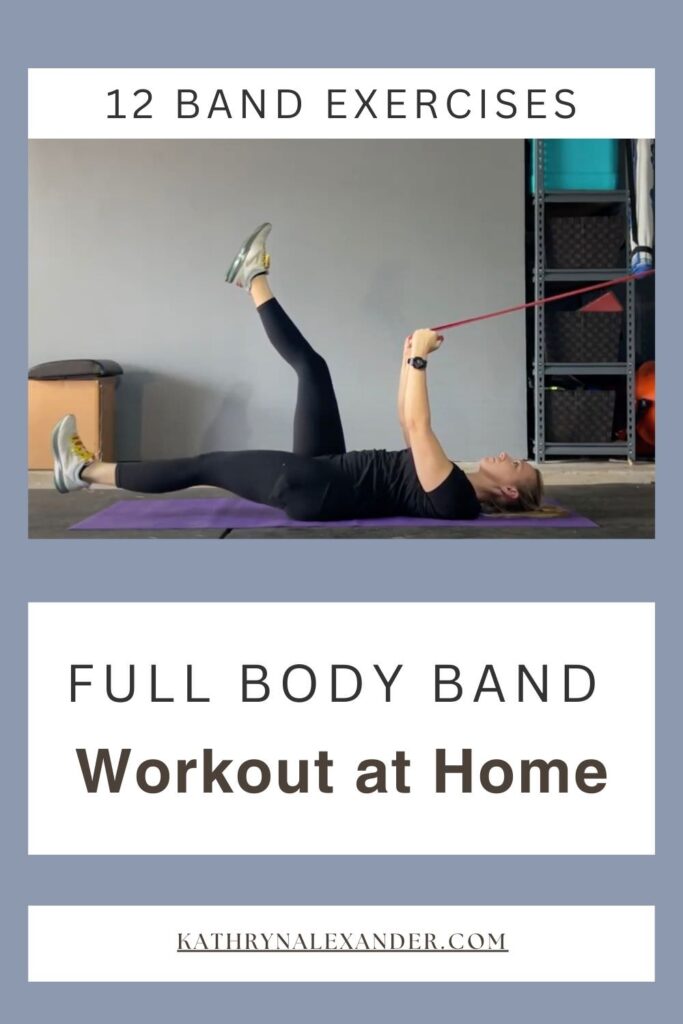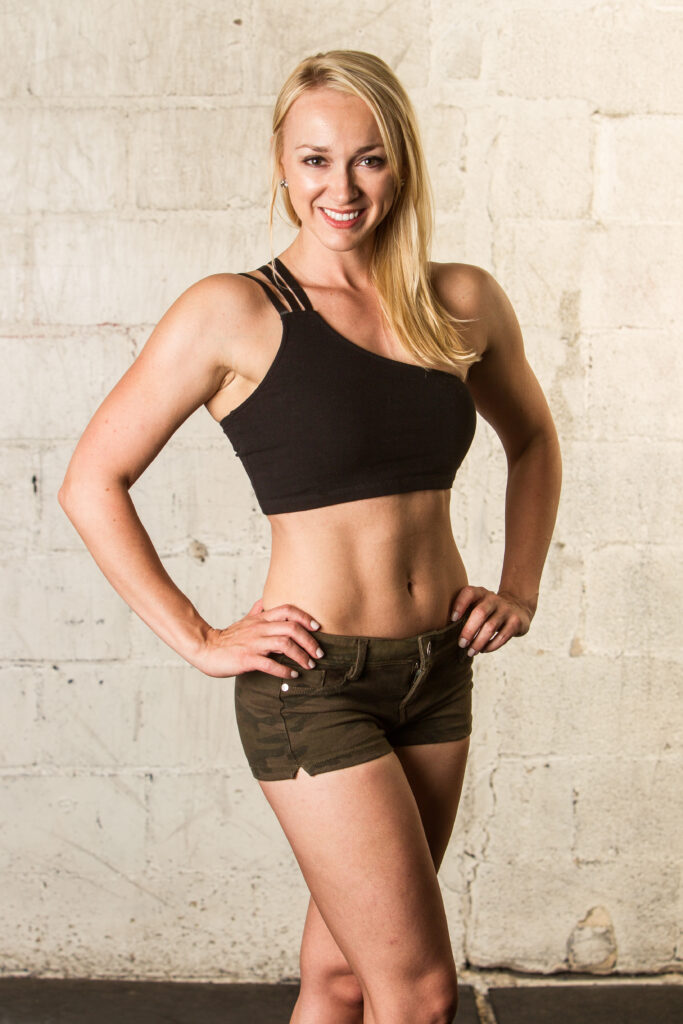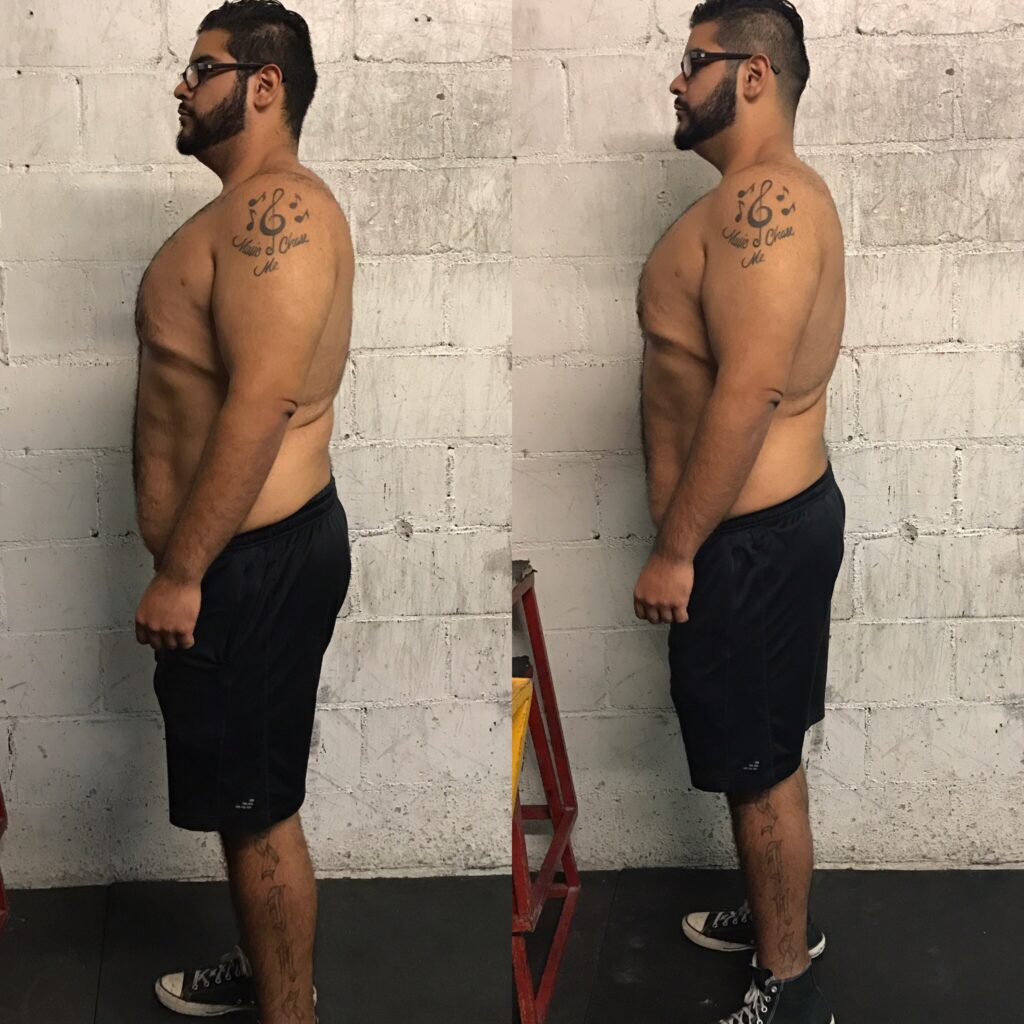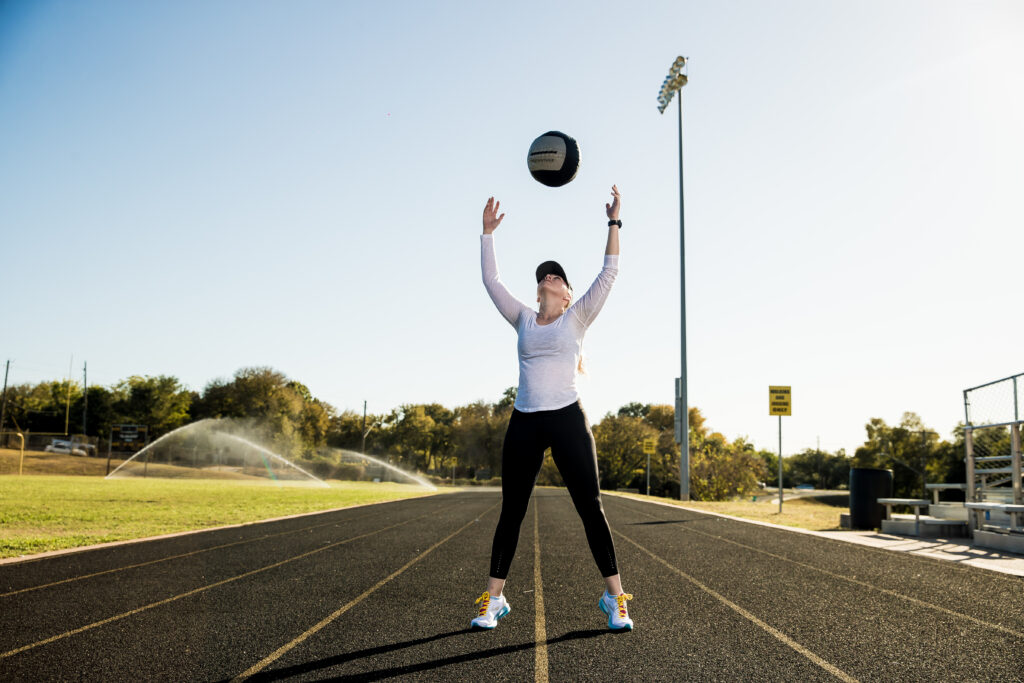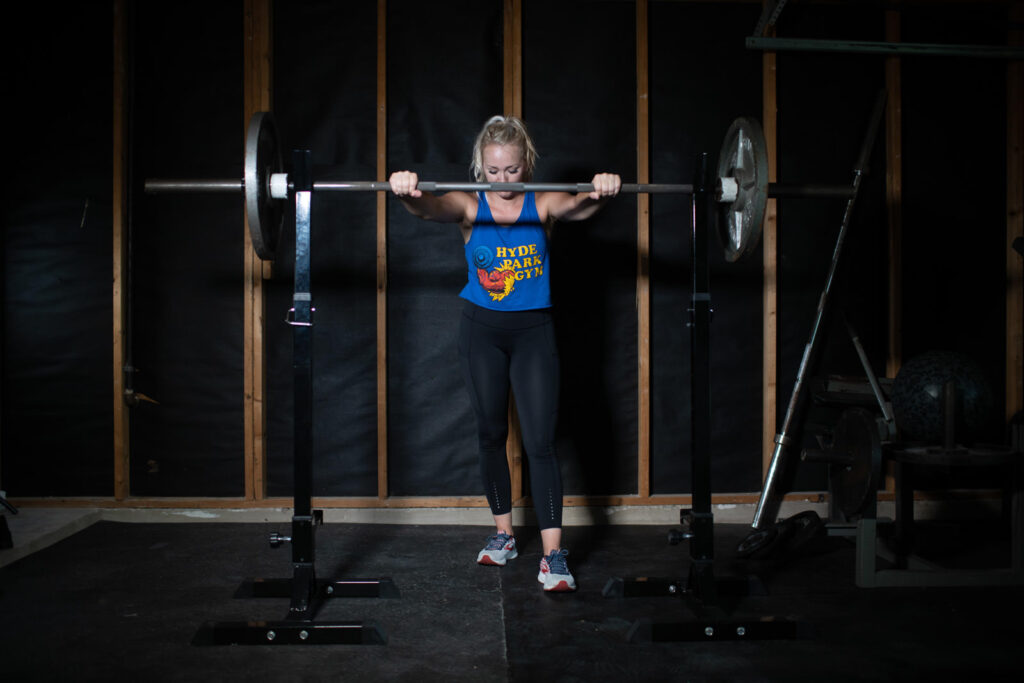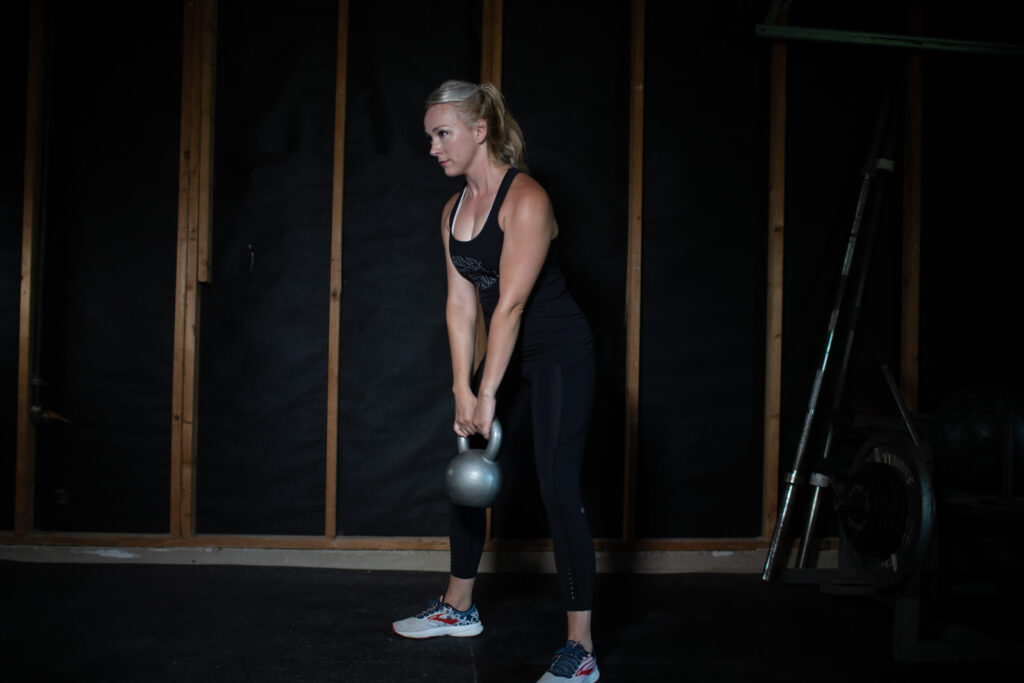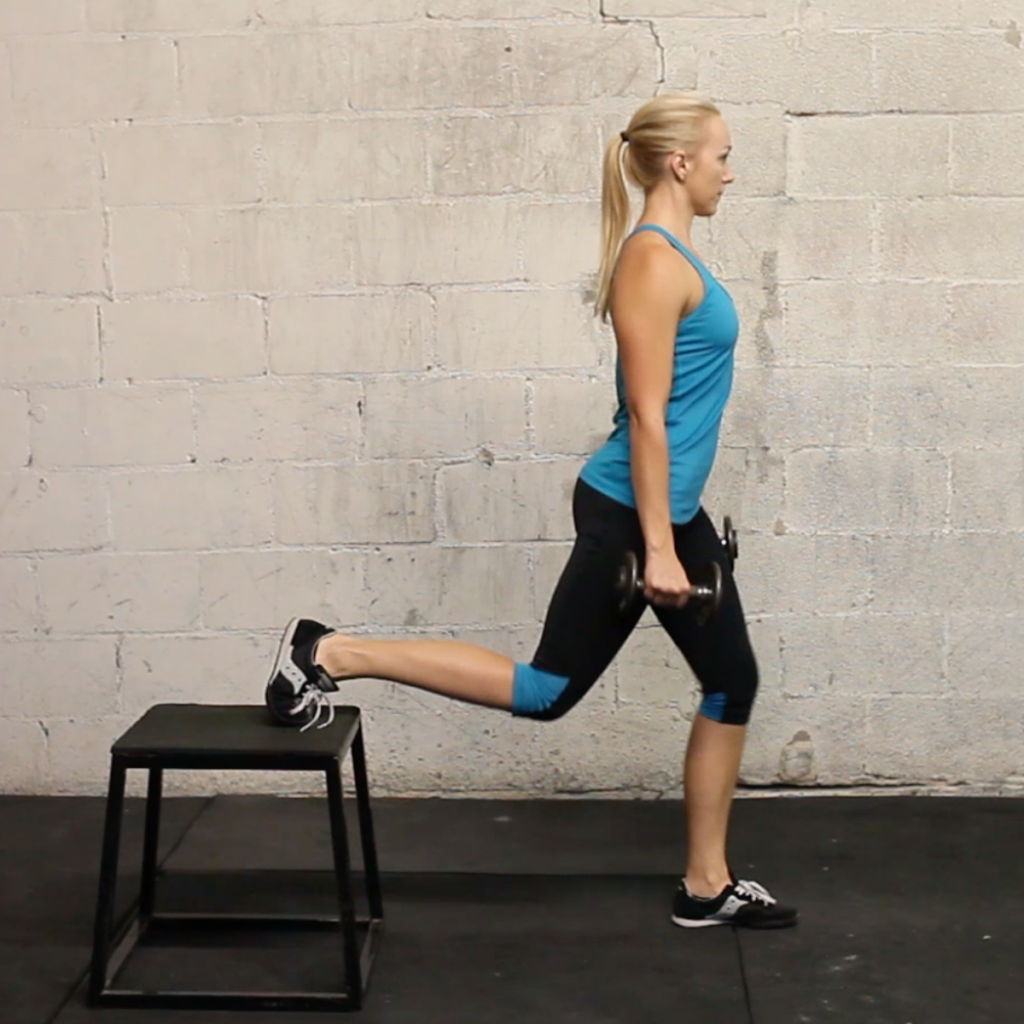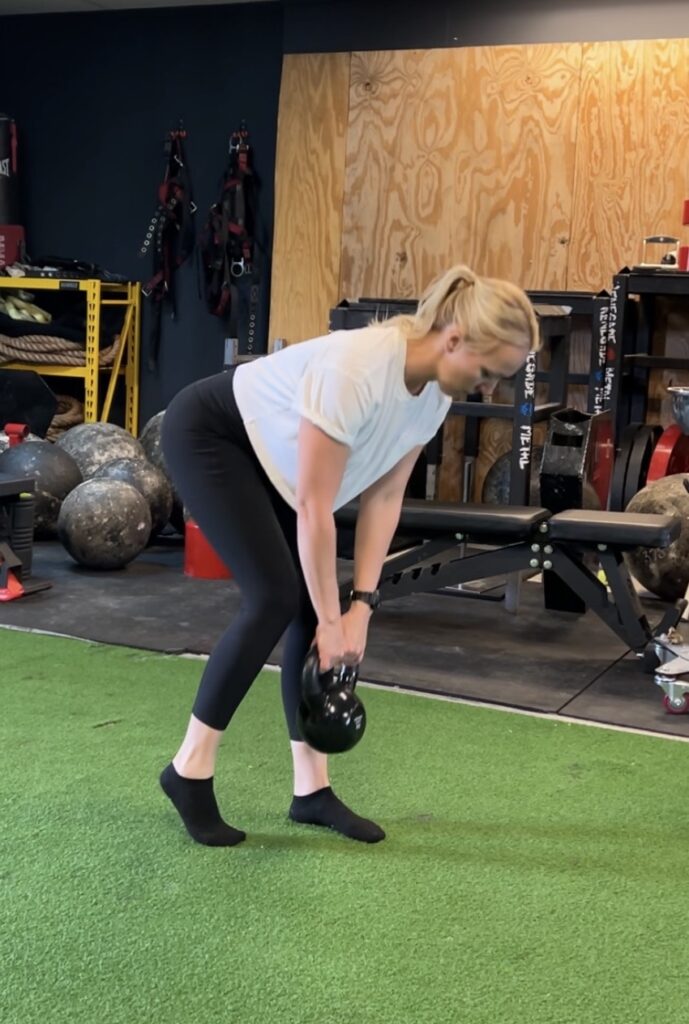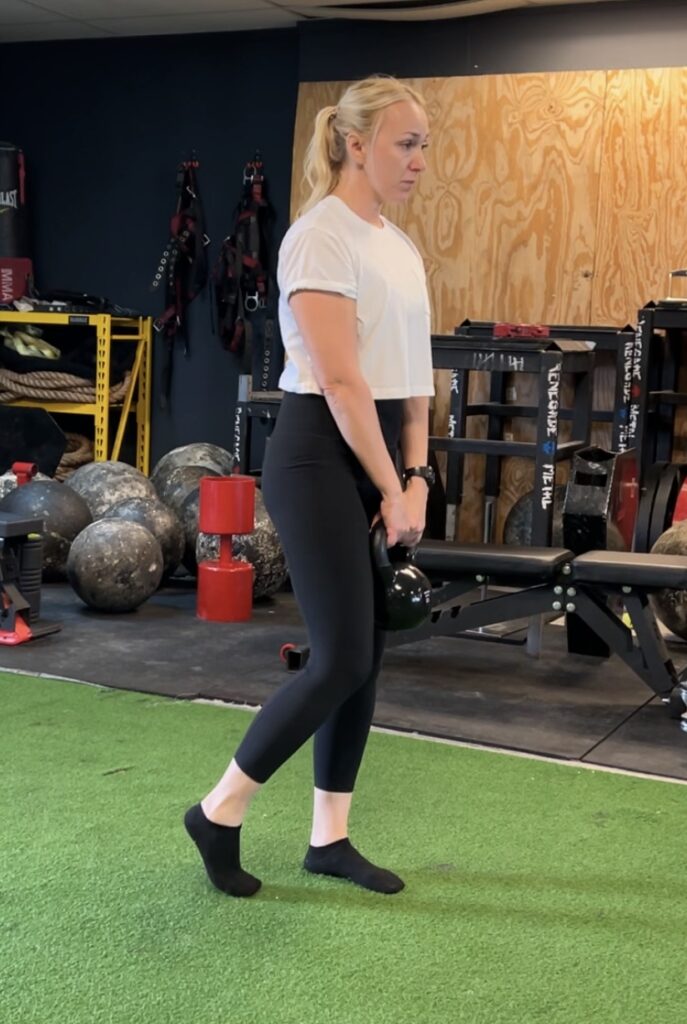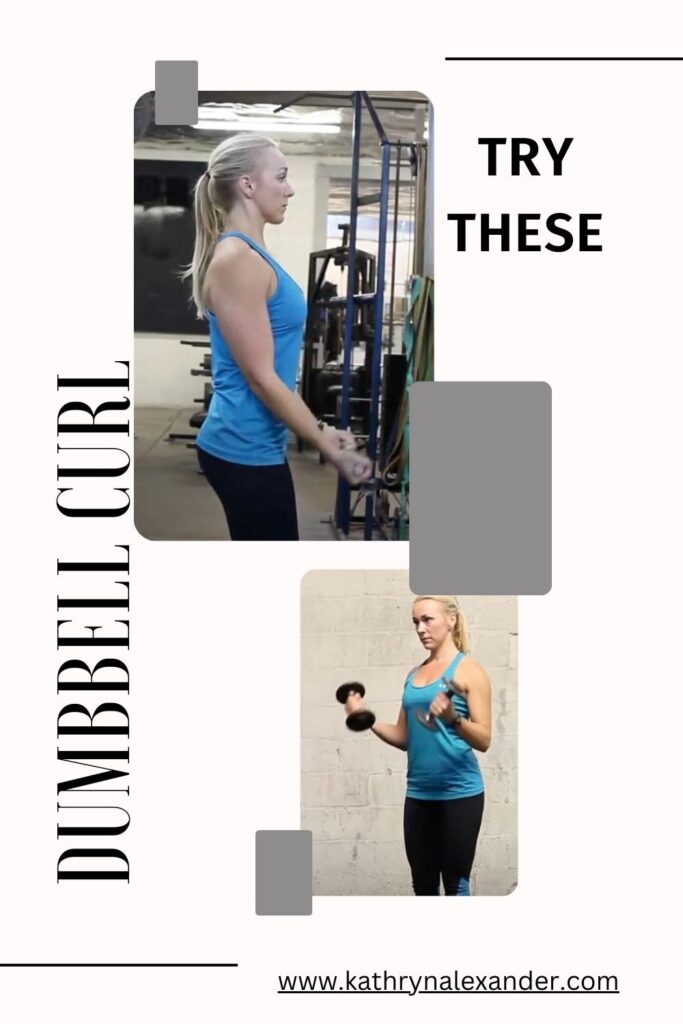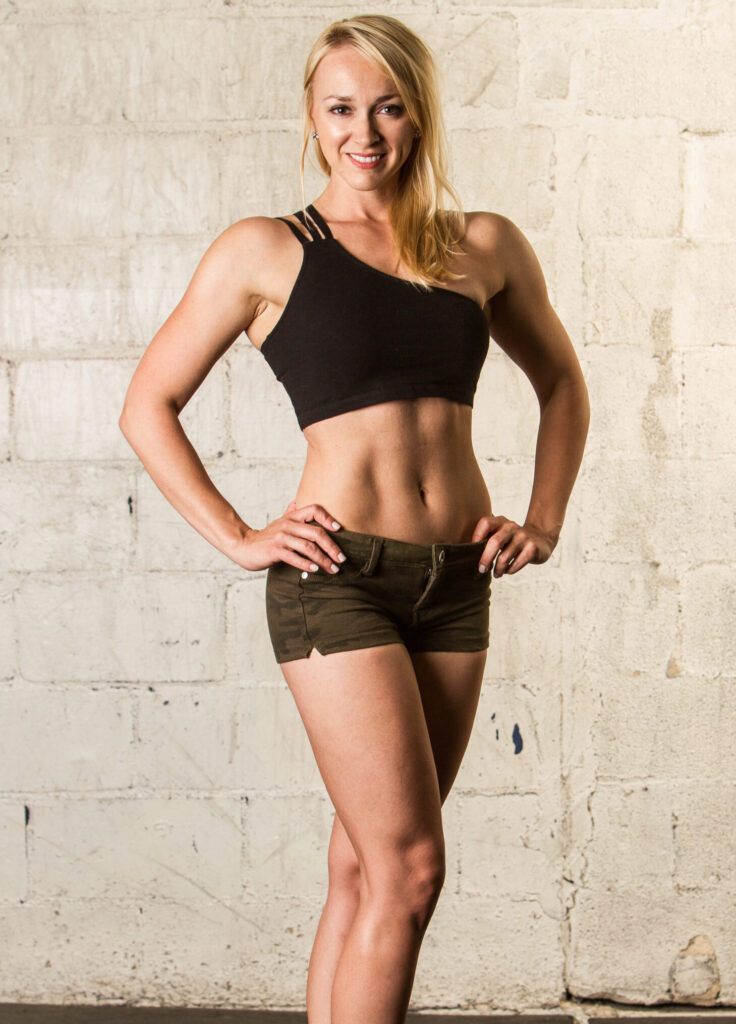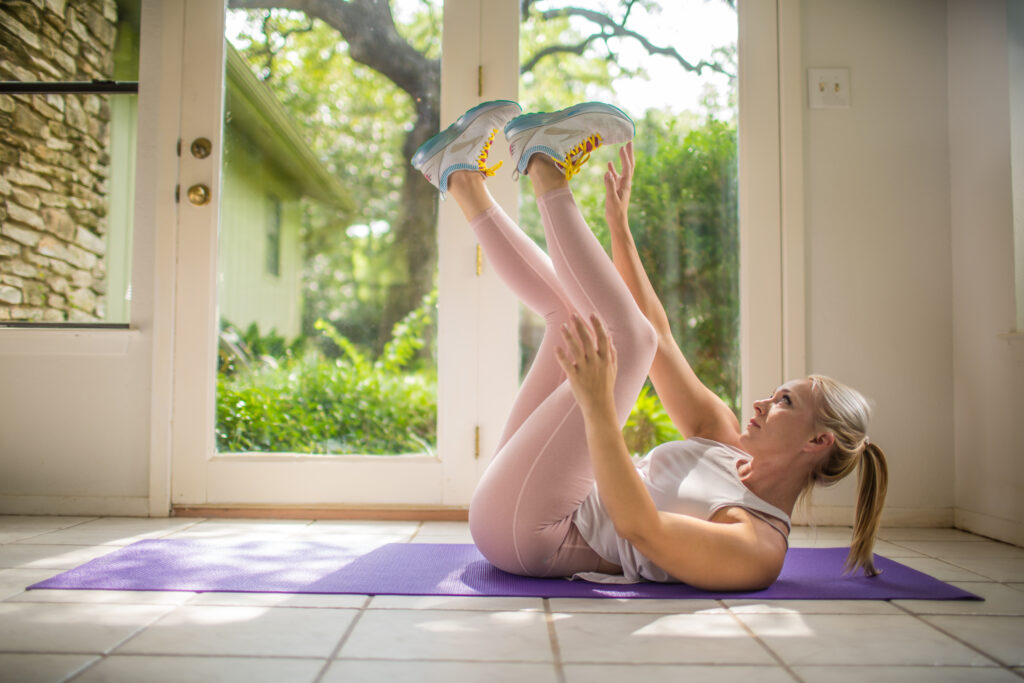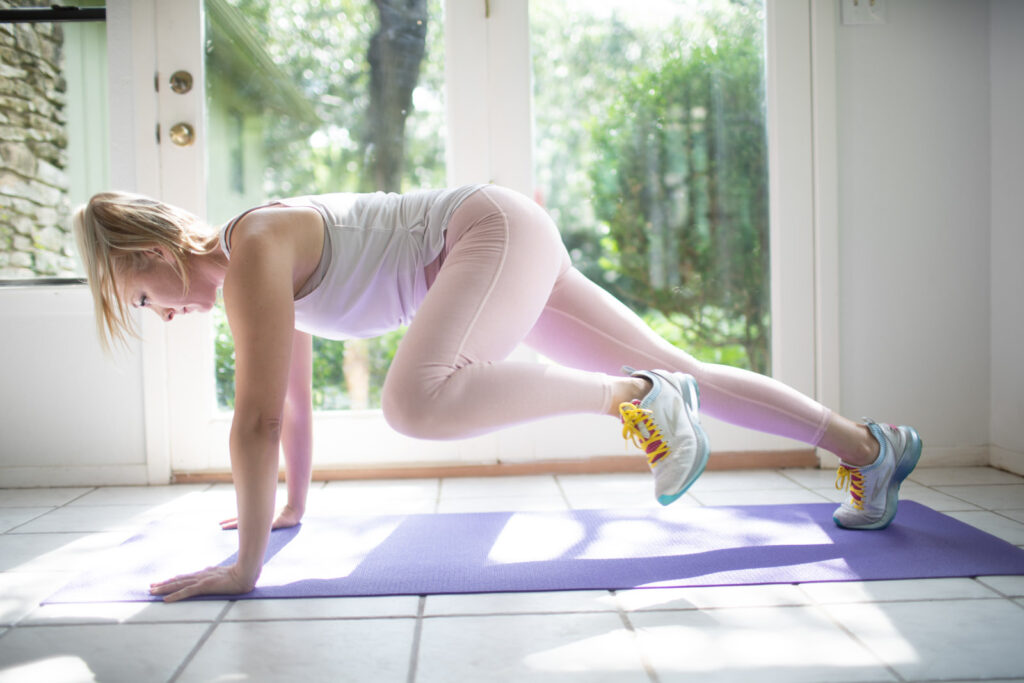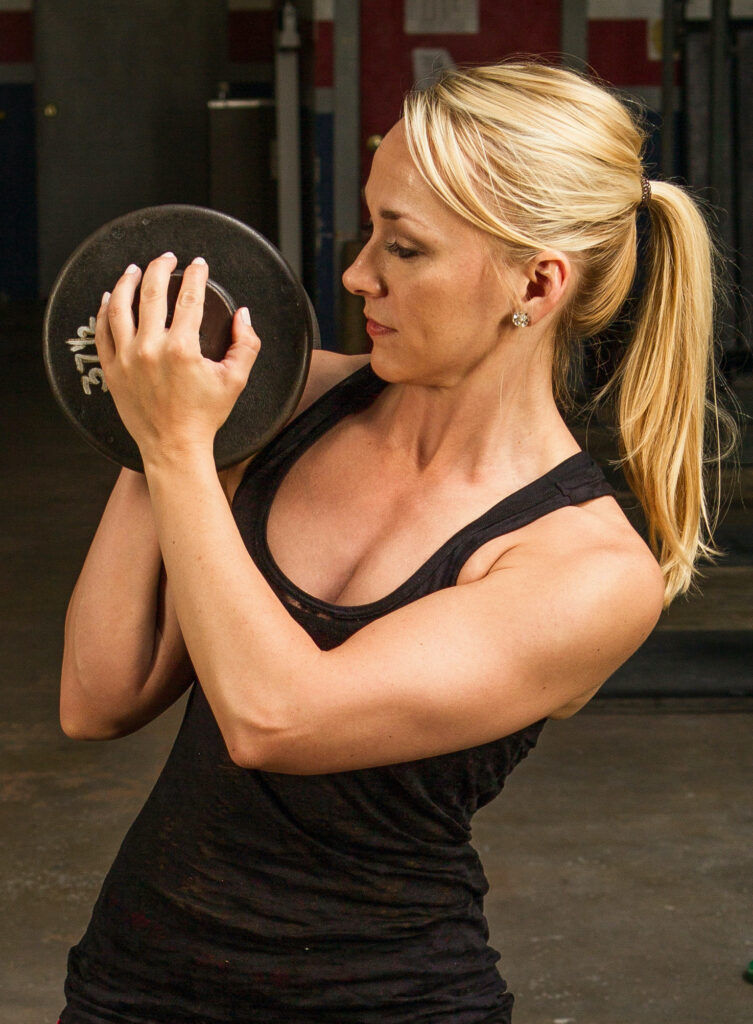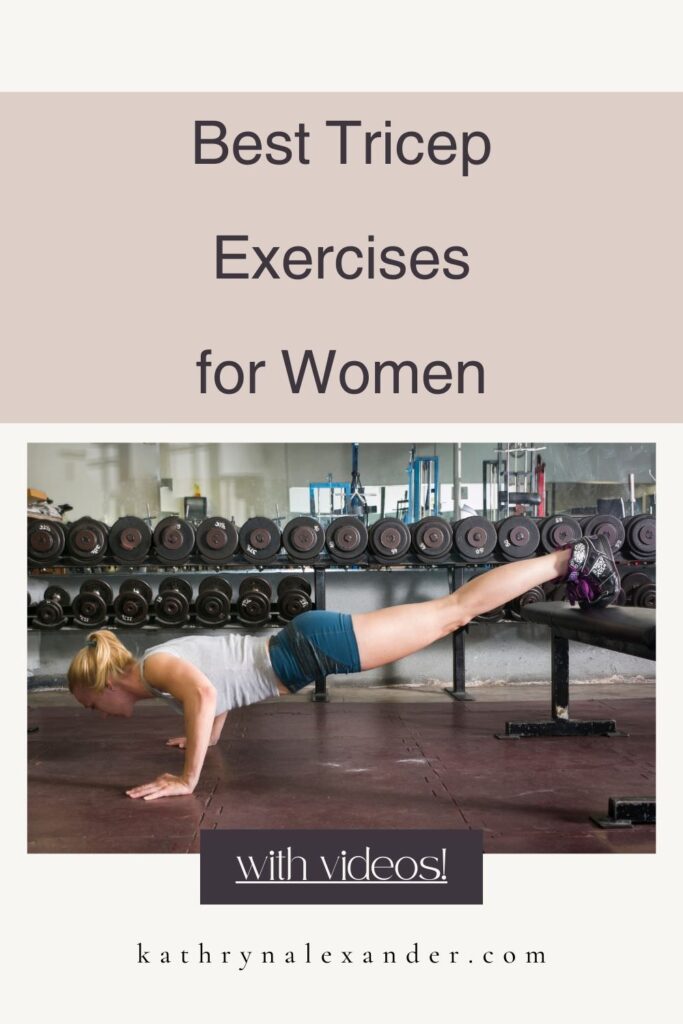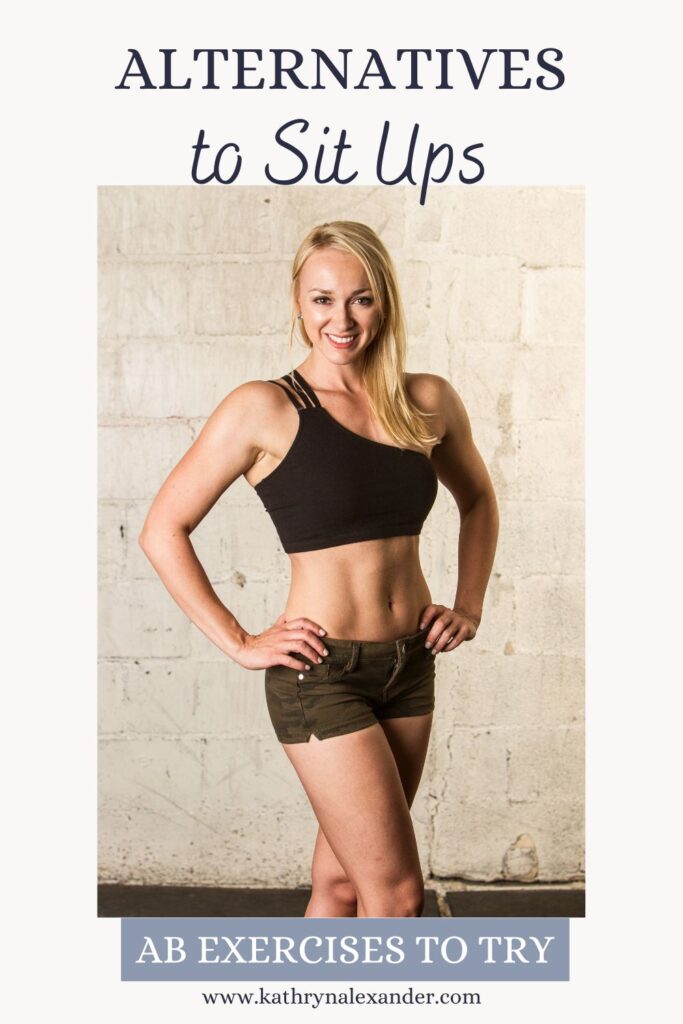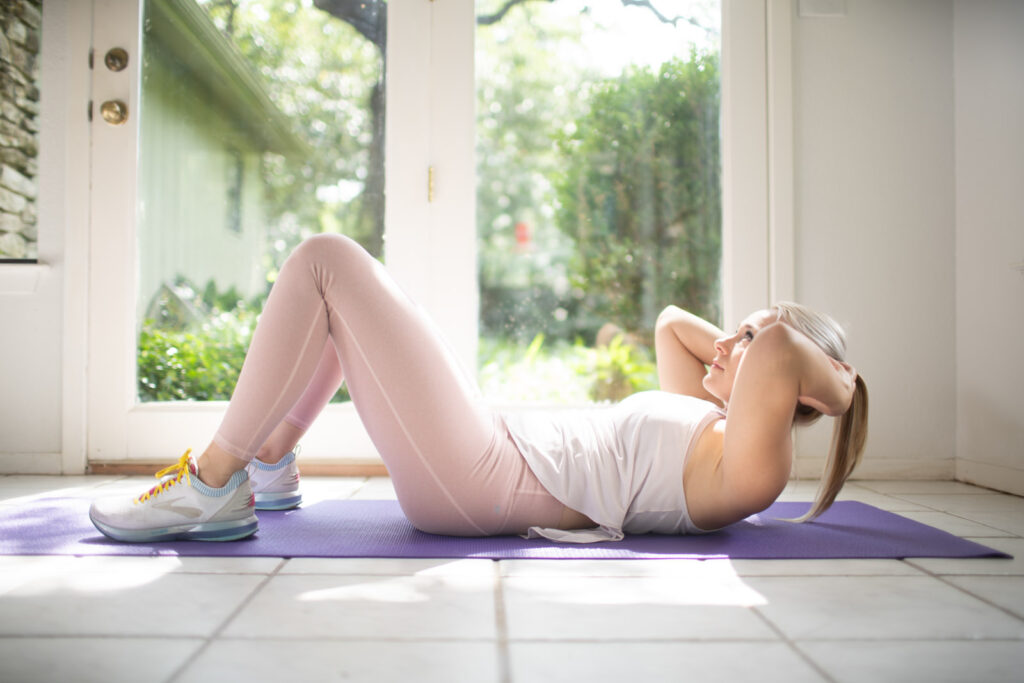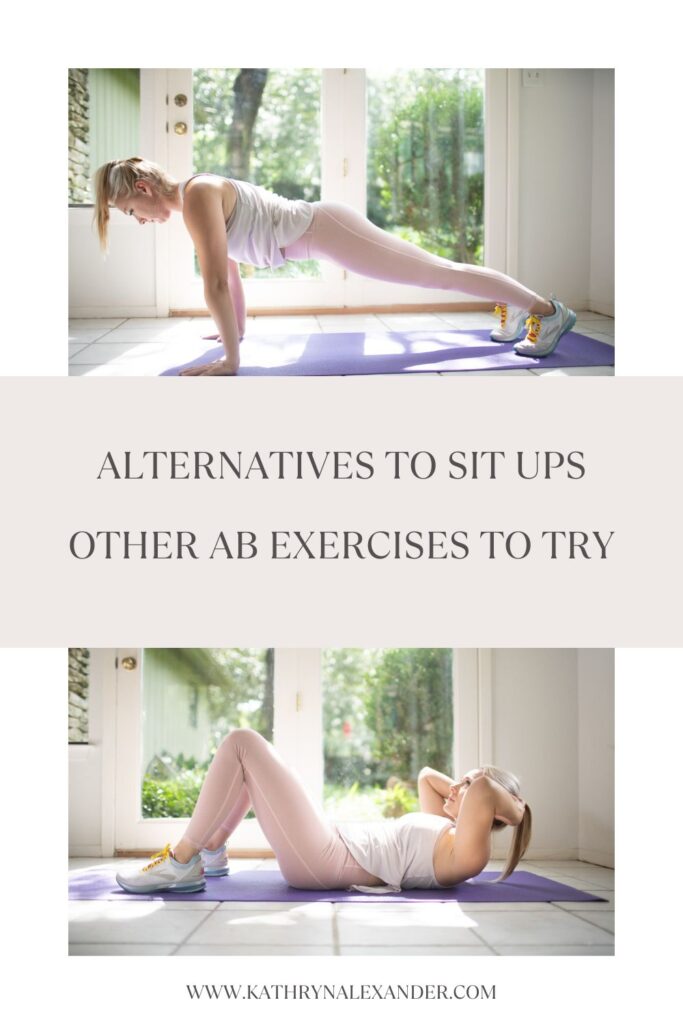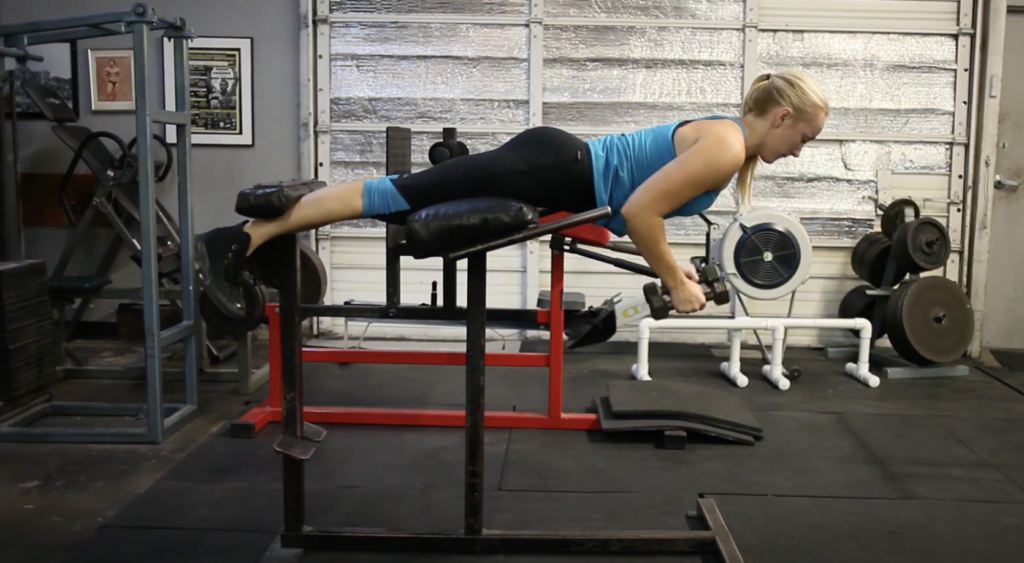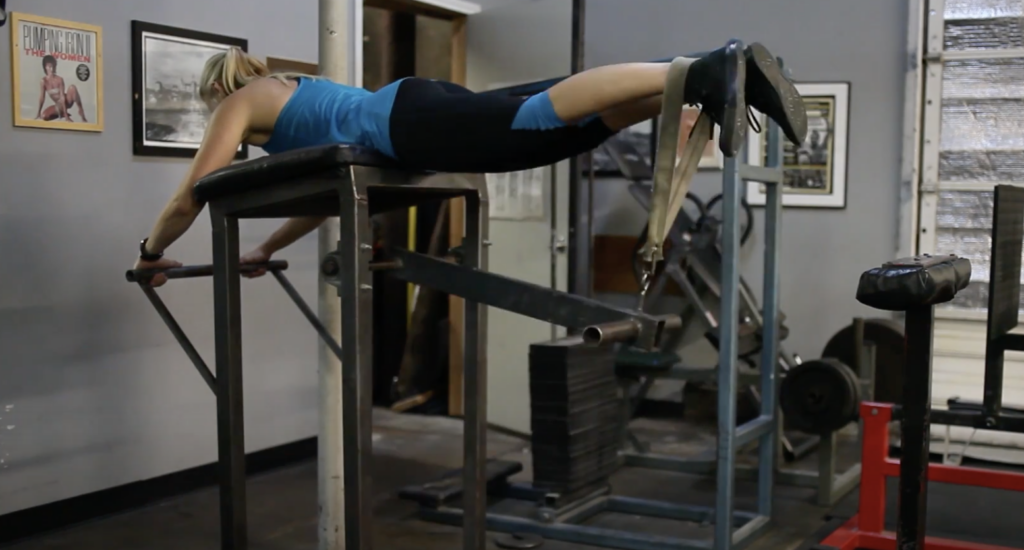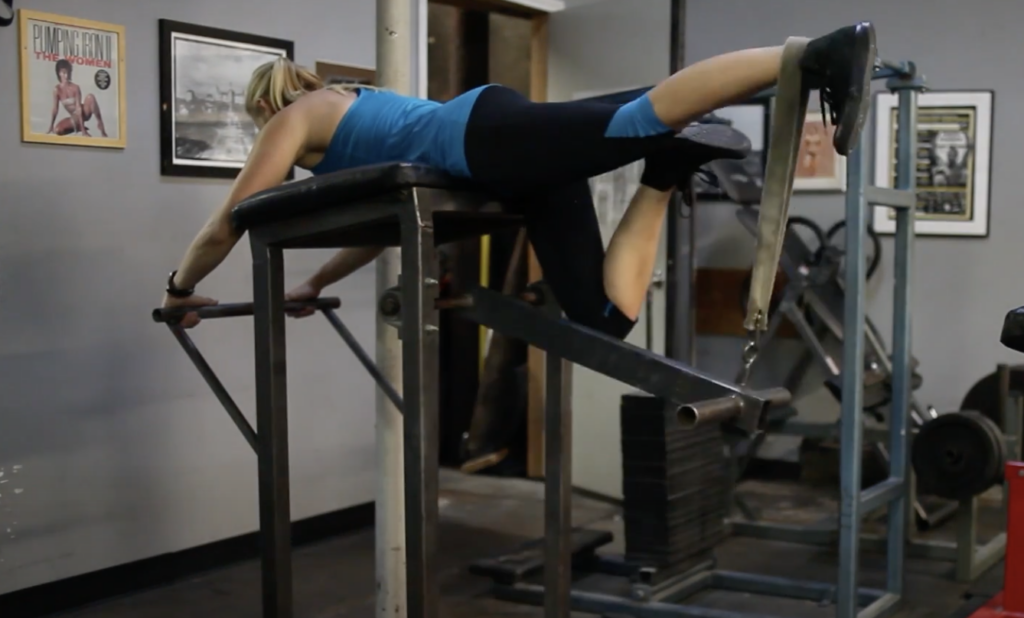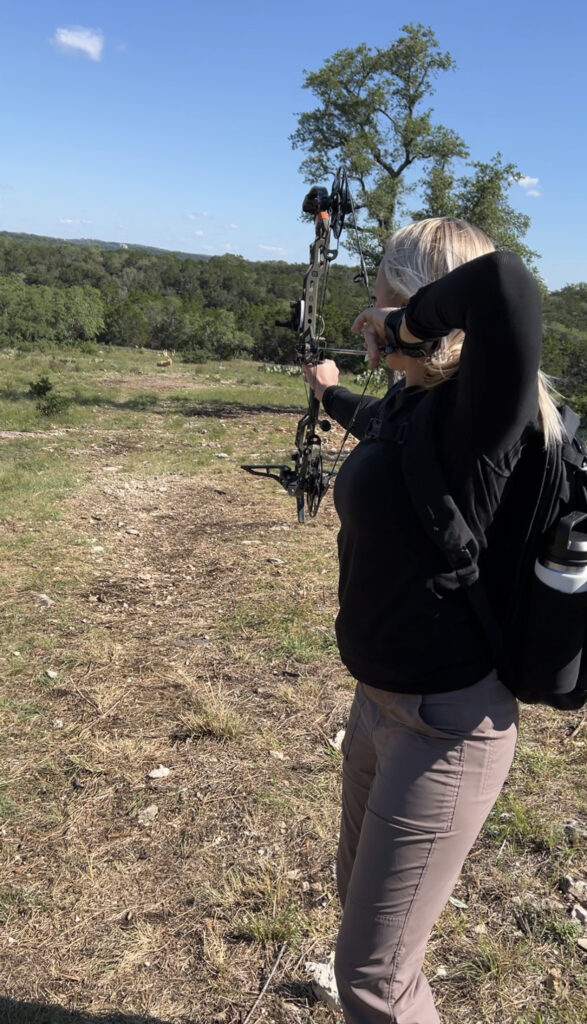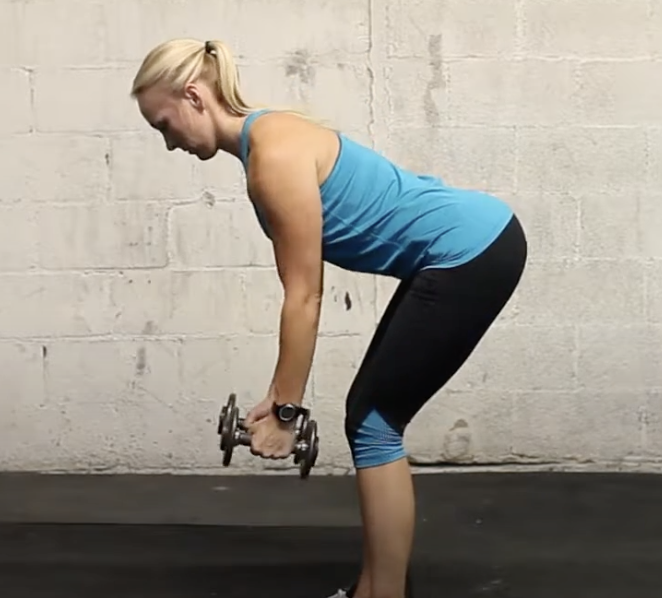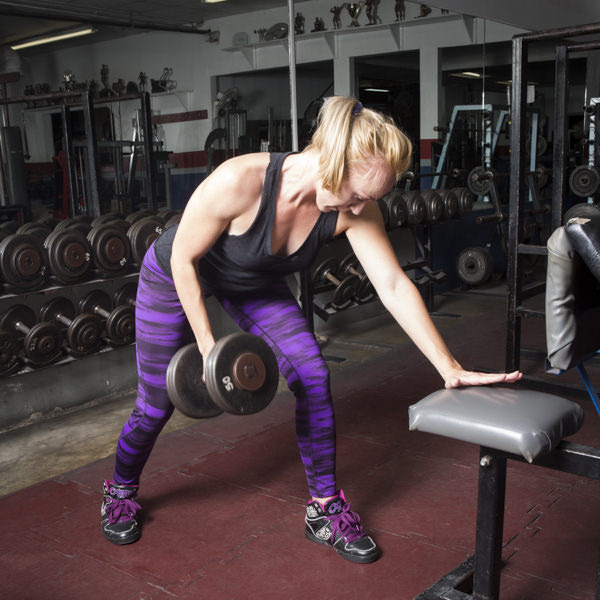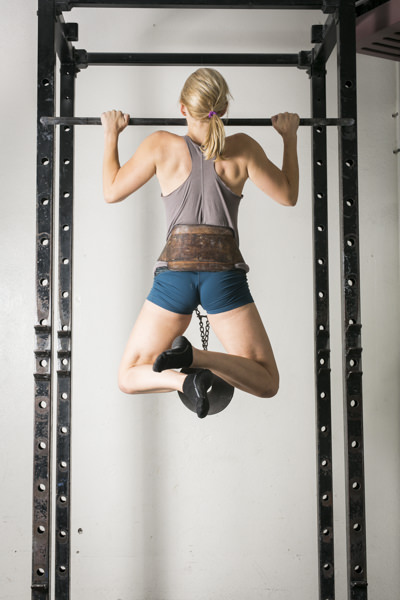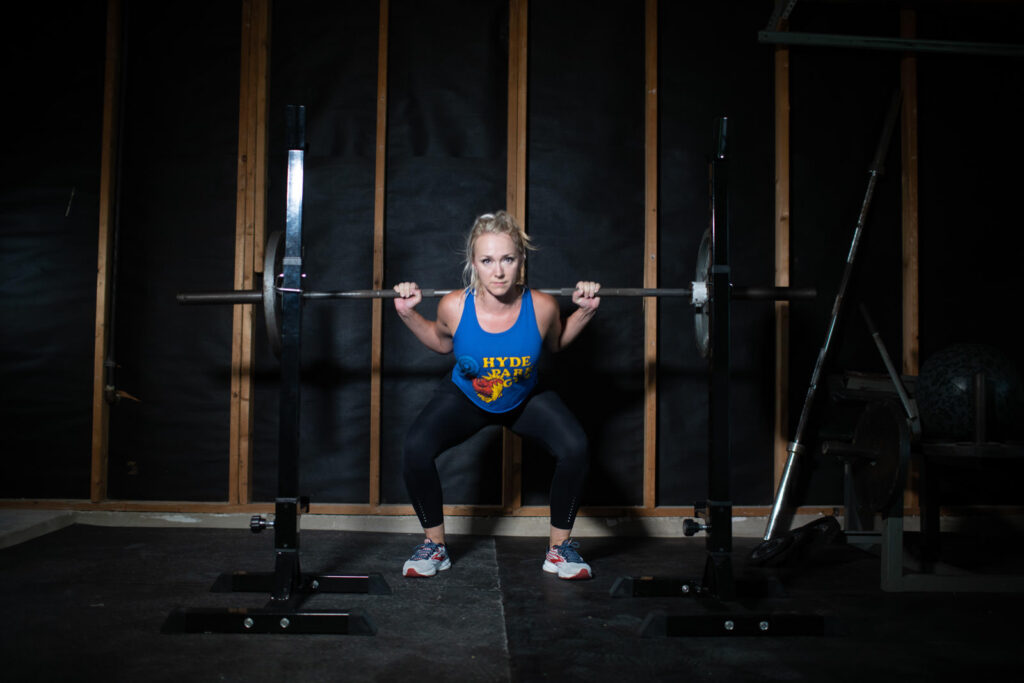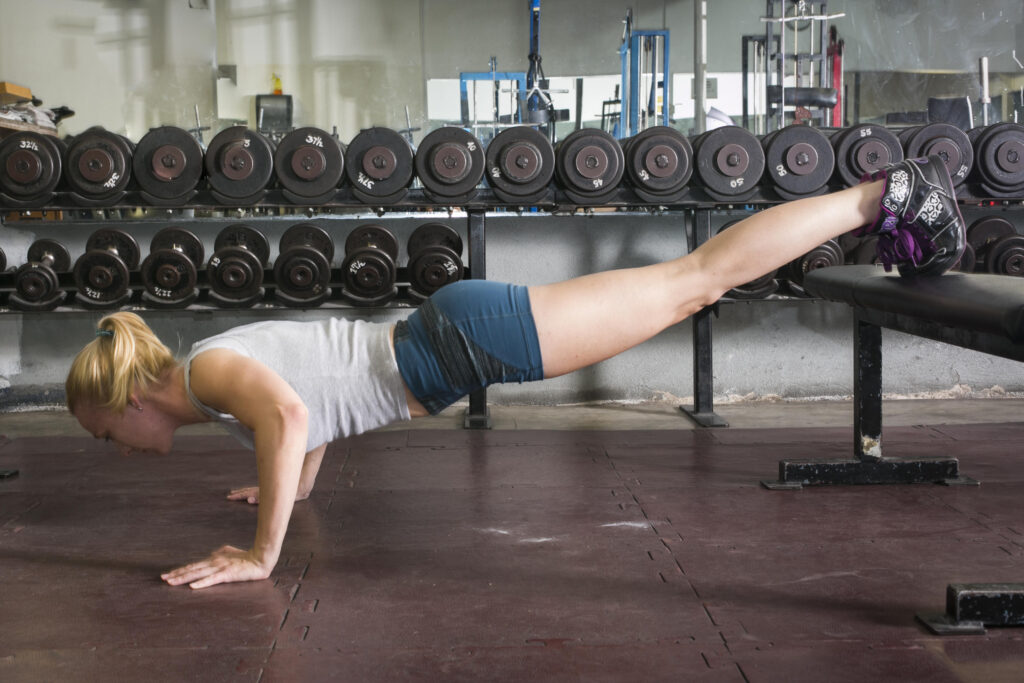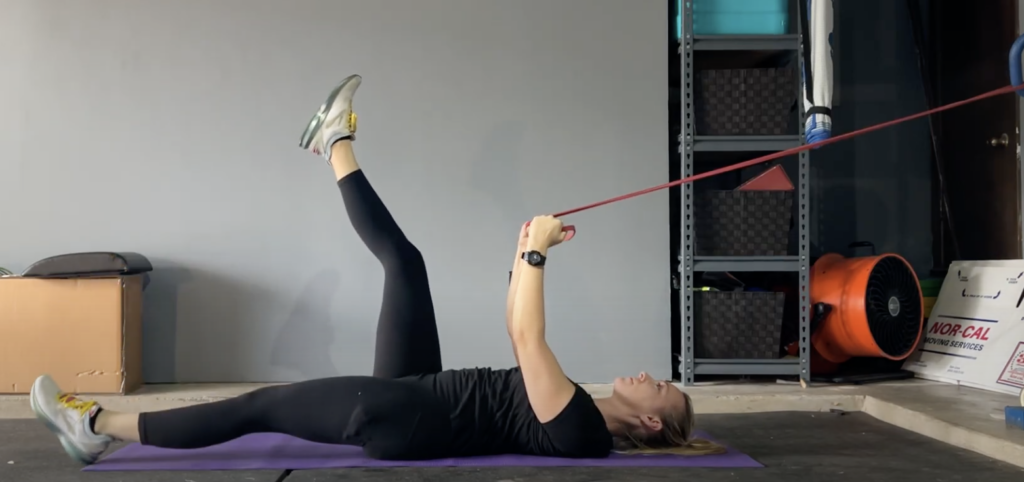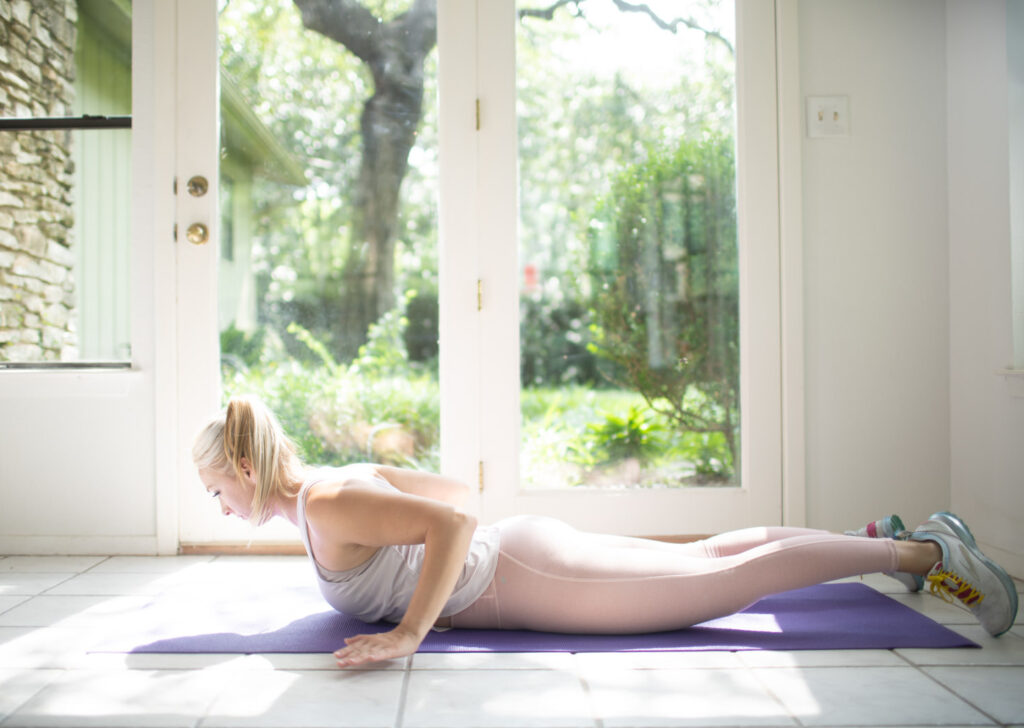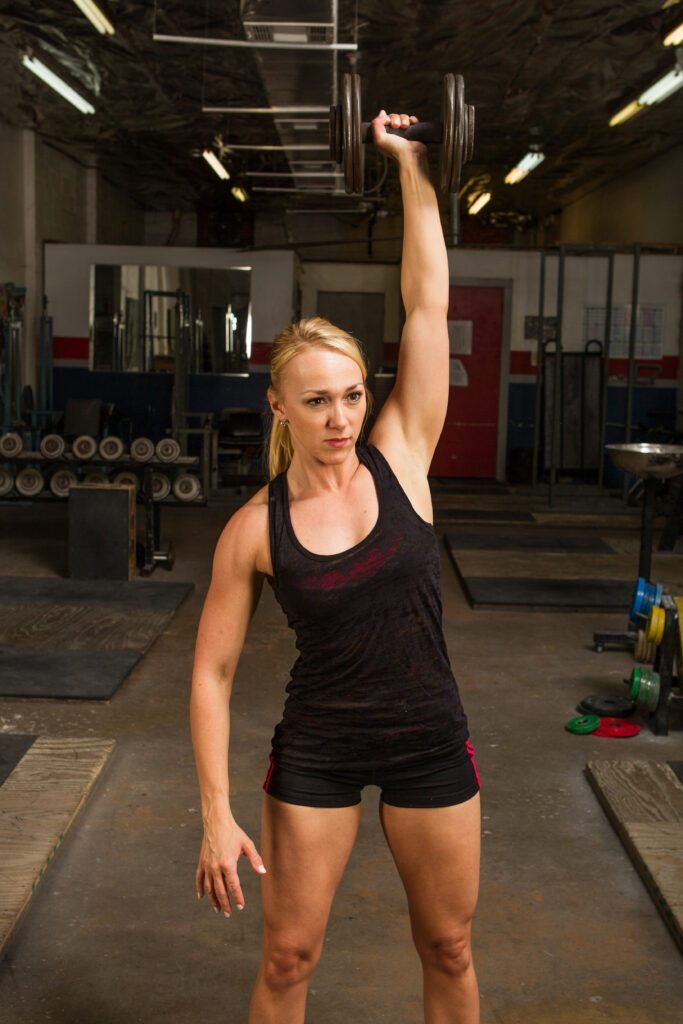Dumbbell back workouts are great complements to gym sessions for your upper body pulling days. If you’ve done much lifting in gyms, you know that the best back workouts are usually done with equipment you typically find in gyms.
Lat pulldowns, cable rows, and machine rows are easier to do with cable systems and equipment that you find in the gym.
However, you can get a great dumbbell back workout done at home if you do the following exercise.
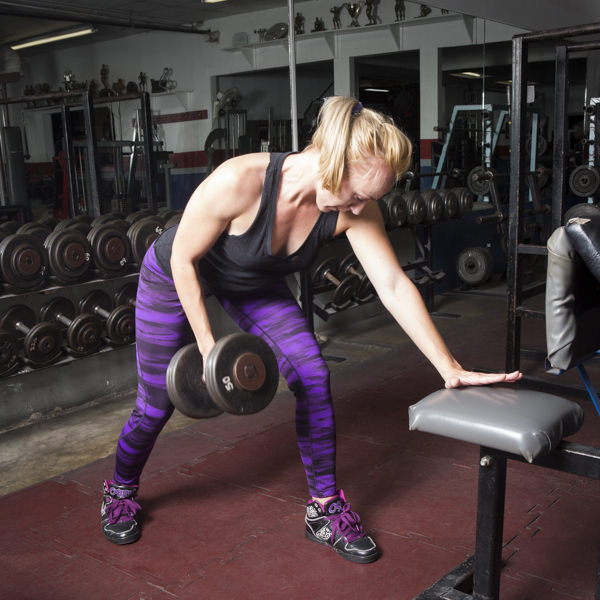
Why is a Strong Back Important?
Having a strong back is important for health, safety prevention, and for looking strong and athletic. This applies to men and women. A strong back means you’ll have good posture, lowered risk of injury, and and likely a pain free upper body. A muscular back will make your overall physique look strong and balanced.
In this article, I am going to explain how to do the 5 best dumbbell back exercises. Back in this case refers mostly to the muscle groups that work on the humerus and shoulder blades, as opposed to exercises that work your lower back musculature. In other words, I am referring to your latissimus dorsi, trapezius muscles, and rhomboids.
The teres minor, teres major, infraspinatus, (rotator cuff) and rear deltoids will be involved too. (Note that I am not focusing on rear delts either, so the rear delt fly is categorized with shoulder work in my book).
The lower back muscles, or erector spinae muscles and exercises that them, like deadlifts and hinges, will be covered in another article.
The Dumbbell Back Workout
Here it is: my favorite dumbbell back workout, and how to do these 5 best back exercises that you can do with a set of dumbbells. I’ll give a quick overview, then dive into each one.
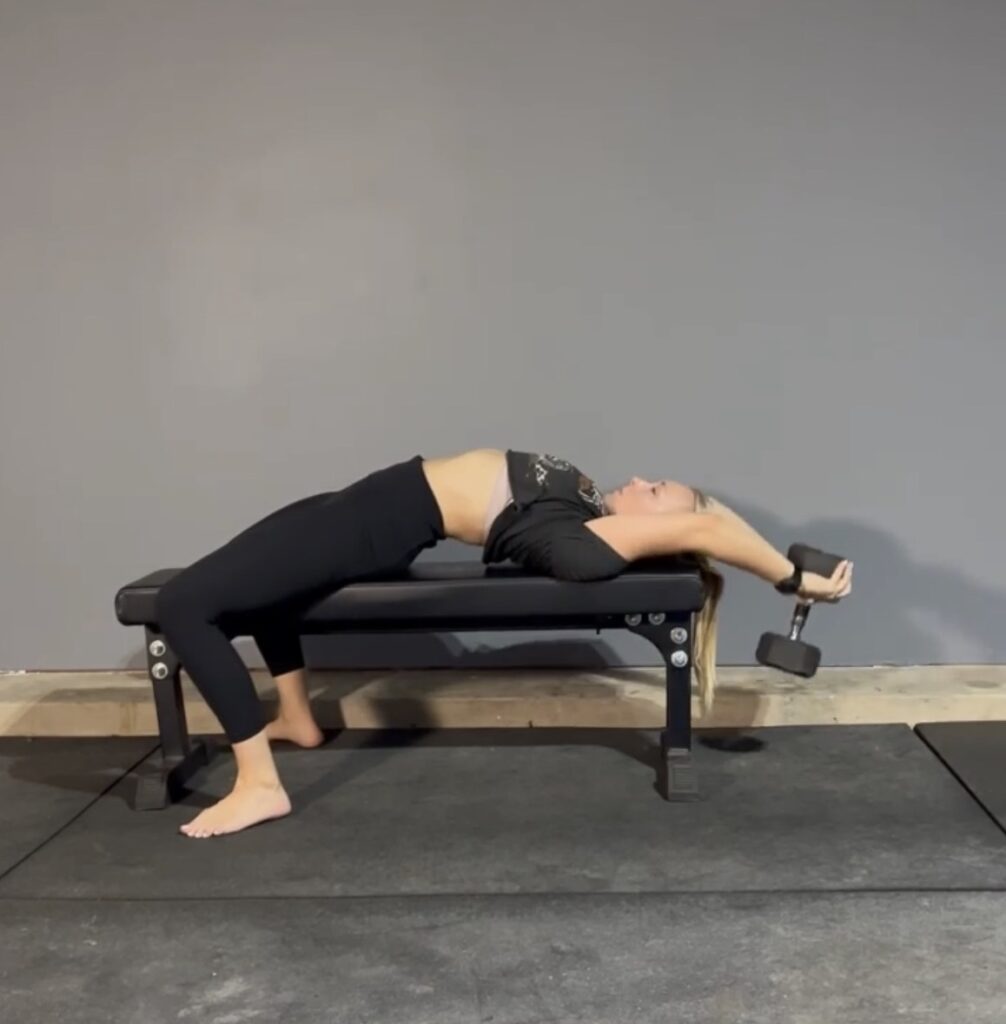
Bent-Over Row
The single-arm dumbbell row, or bent over row, is probably what first comes to mind when lifters think of dumbbell back exercises, and for good reason. It’s a classic!
2 Arm Dumbbell Row
The same movement, but with both arms at a time, is one of the most popular row variations. This does work the lower back a good bit too, in addition to the upper back muscles.
Dumbbell Pullover
The dumbbell pullover *might* be my favorite upper body exercises, certainly one of the best dumbbell exercises. It works so many things, and feels so good!
Renegade Row
Full disclosure, not my favorite, but lots of people do them, so let me explain. The renegade row requires so much stability from the body that it really limits how much you can row, and the range of motion is not great.
Good Mornings
I’m giving good mornings an honorable mention because I love them so much. They actually do involved a lot of low back, and they aren’t a row. They are a hinge. But, I make the rules around here so I’m adding them to the list.
Bent Over Rows
Like I said, these are a fundamental movement to target the lats, traps, and rhomboids. I want my clients to learn proper form here, and then learn when to use a little more body English. Let’s start with ideal form.
To do the one arm bent over dumbbell row:
- stand with your legs staggered, with the leg holding the dumbbell behind the other
- with a hinge in your hips and neutral, straight back, brace one arm on something sturdy in front of you
- extend the dumbbell toward the floor, keeping your back straight, but letting your shoulder stretch slightly toward the floor
- squeeze your shoulders back and immediately follow by pulling your elbow to your sides
- extend your elbow first to return to your start position
- allow your shoulders to again stretch toward the floor
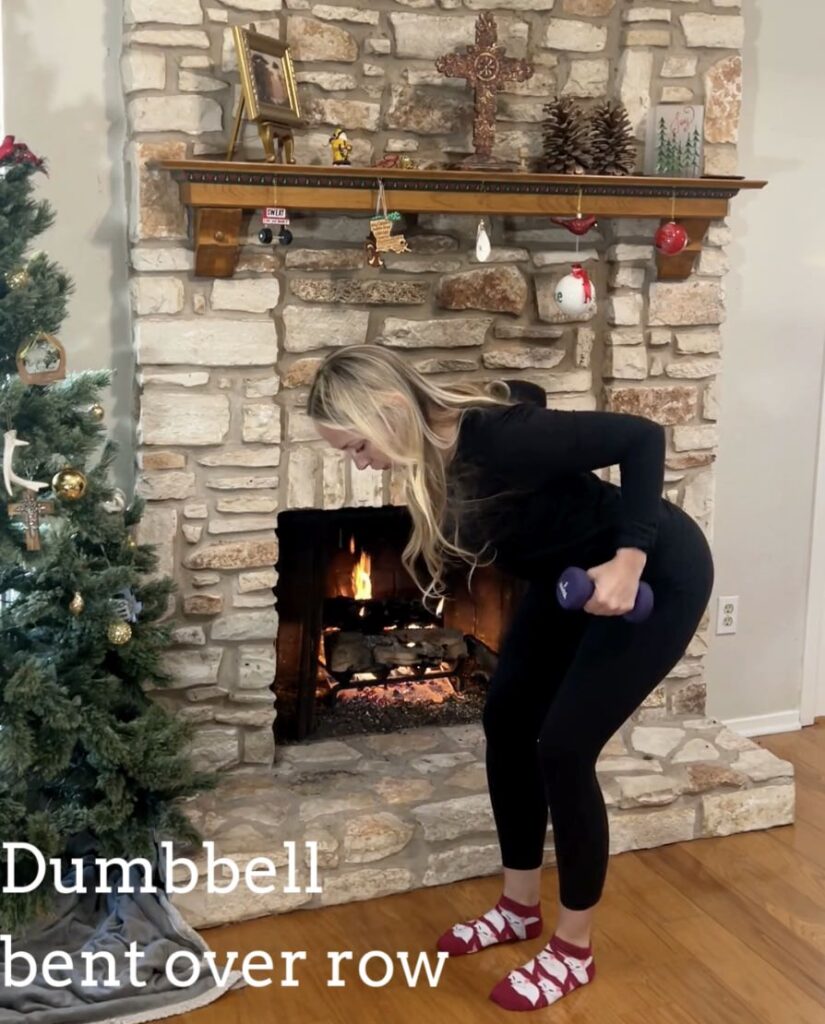
2 Arm Dumbbell Rows
This is essentially the same exercise as the 1 arm dumbbell row, except you are using a pair of dumbbells here. You are providing all the stability since you are not propping a hand or knee on any other surface. This is a great exercise for full back involvement.
To do the 2 arm dumbbell row:
- hinge at the hips with your back straight and neutral
- extend your elbows, keeping your back straight, but letting your shoulders stretch slightly toward the floor
- squeeze your shoulders back and immediately follow by pulling your elbows to your sides
- extend your elbows first to return to your start position
- allow your shoulders to again stretch toward the floor
- your pattern here is shoulders back, elbows back, elbows straight, shoulders stretch toward floor, repeat
Pullover
YASSS the pullover! Arnold (and a lot of other people) use these for chest development. It does work chest, and triceps, and abs. I just really like it for back. Grab a lighter weight until you get the feel for this. Also, if hurts your shoulder, skip it.
Note that I also do these a bit differently, as I like to lay on a bench like I would for bench press. Some people lay perpendicular and cross the bench. You can do either. Experiment to see which setup works best for you.
To do dumbbell pullovers:
- lay flat on ground or bench, and then build up an arch in your lower back. I don’t want a flat back here.
- press your shoulders down toward your hip pockets and keep them there for the duration of this exercise
- make a big arc over your head with the weight
- keep elbows soft and ribcage up
- press your arms back until your hands are over your face, not farther toward bellybutton
- repeat
Renegade Row
As I mentioned, the renegade row works so much of the body that it doesn’t focus on a rowing pattern. It requires so much stability that you have to use lighter weights on your row. But, try it and see if you like it.
To do the renegade row:
- start in a high plank position, gripping a dumbbell in each hand
- keep feet hip-width apart (wider for stability, narrower for difficulty)
- brace your core. engage your abs and keep your body straight (no sagging hips)
- pull one dumbbell towards your ribs, keeping your elbow close to your body
- avoid twisting your torso—keep your hips squared to the ground
- slowly return the dumbbell to the ground without dropping it
- maintain a stable plank position, neutral spine, throughout the movement
- of course, do the other arm
Good Mornings
And here we have the good morning! These DO work the spinal erectors, glutes, and hamstrings. They are a lower body exercise and work the entire posterior chain. I heart them.
To do good mornings:
- hold the dumbbell at your chest
- keep your torso tight and neutral, not bending or flexing the spine
- keeping your whole feet flat on the ground, hinge at the hips and send your hips behind you
- keep your torso tight and aim to feel a stretch in your hamstrings
- squeeze your glutes to push your hips back under you
- return to your starting position
- repeat for as many reps as is your goal
Benefits of Using Dumbbells for Back Work
There are some really great benefits of dumbbell workouts that I don’t want to overlook. Among them, dumbbell work typically works both sides of your body independently, improving muscle imbalances. This unilateral work can also build balanced strength.
Dumbbells allow a greater range of motion than barbells or machines, leading to greater involvement (muscle activation). A dumbbell back workout is also pretty joint friendly. Since you aren’t committed to a grip like you are with a barbell, dumbbells let your wrists, elbows, and shoulders move freely, reducing stress on the joints. You don’t have to commit to an overhand grip if a neutral grip feels better, for example.
Free weights are also so so versatile! You can work your entire body, and get not just good back workouts. For example, managing dumbbells works your grip, forearms, stabilizers mores than machines.
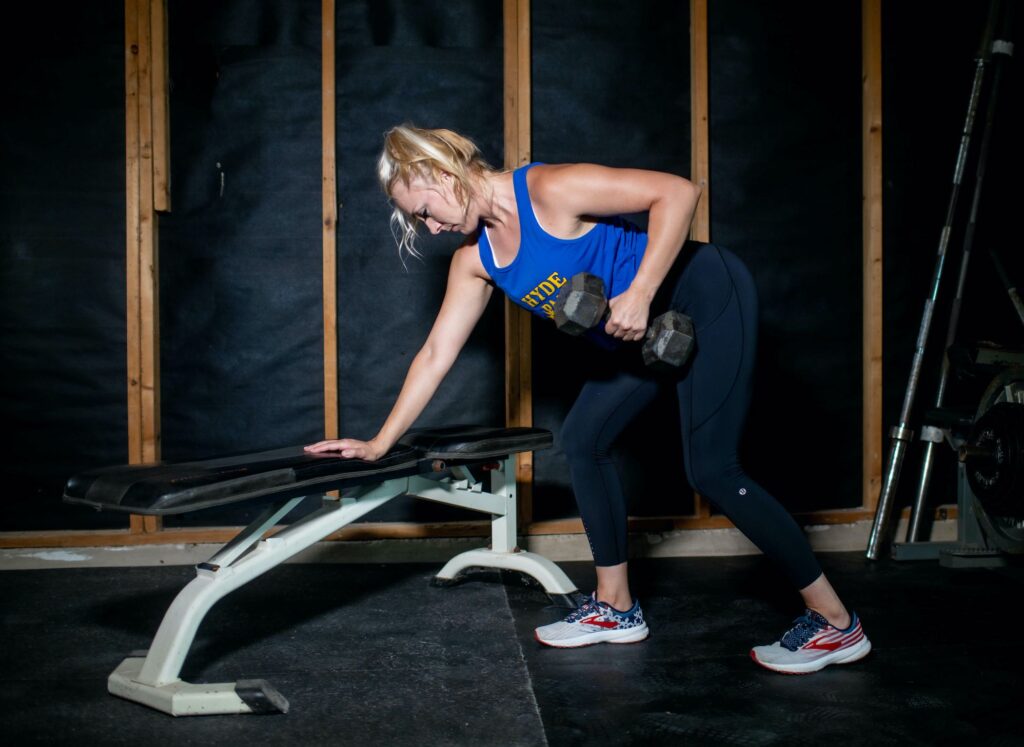
Back is such an important muscle group to work! Be sure to prioritize your good pulling movements, or your back day if you split it up like a bodybuilder. Add in the single-arm row, the bent-over dumbbell row, pullovers and some hinges. Building muscle mass and back strength will always serve you well!
How To Work All Back Large Muscle Groups
To ensure muscle growth and development in all areas of your back, you’ll want to work a variety of angles to work upper traps, mid traps, lower traps, lats, rhomboids, and the teres minor and major.
Some other exercises that you can include in your dumbbell back workout routine are the reverse fly, dumbbell upright row, and dumbbell shrugs, high pulls, and upright rows. These are pulling type movements, but I mentally categorize them with shoulder work.
Here are some other dumbbell arm exercises you can add in too.
Likewise, I suggest always categorizing deadlifts, dumbbell deadlifts, barbell deadlifts, etc, on leg day. Yes they do work your lower back, but they aren’t primarily lower back exercises. They are full body, but leg work. If you find you’re using your back most, then I really suggest you adjust your form.
Want to lift heavier weights with barbell rows? Learn how in this comprehensive post.
Do you have questions about your dumbbell back workout, or your workout program in general?
Work With Me!
If you are looking for a personal trainer in Austin, I’d love to talk with you! If you are not in Austin, Round Rock, or central Texas, let’s talk about online training.
Message me here for a free consult about personal training in Austin, Texas, or here for online personal training, and we’ll discuss your goals, background, equipment availability, schedule, and exercise preferences.
Let’s get you strong and healthy! 
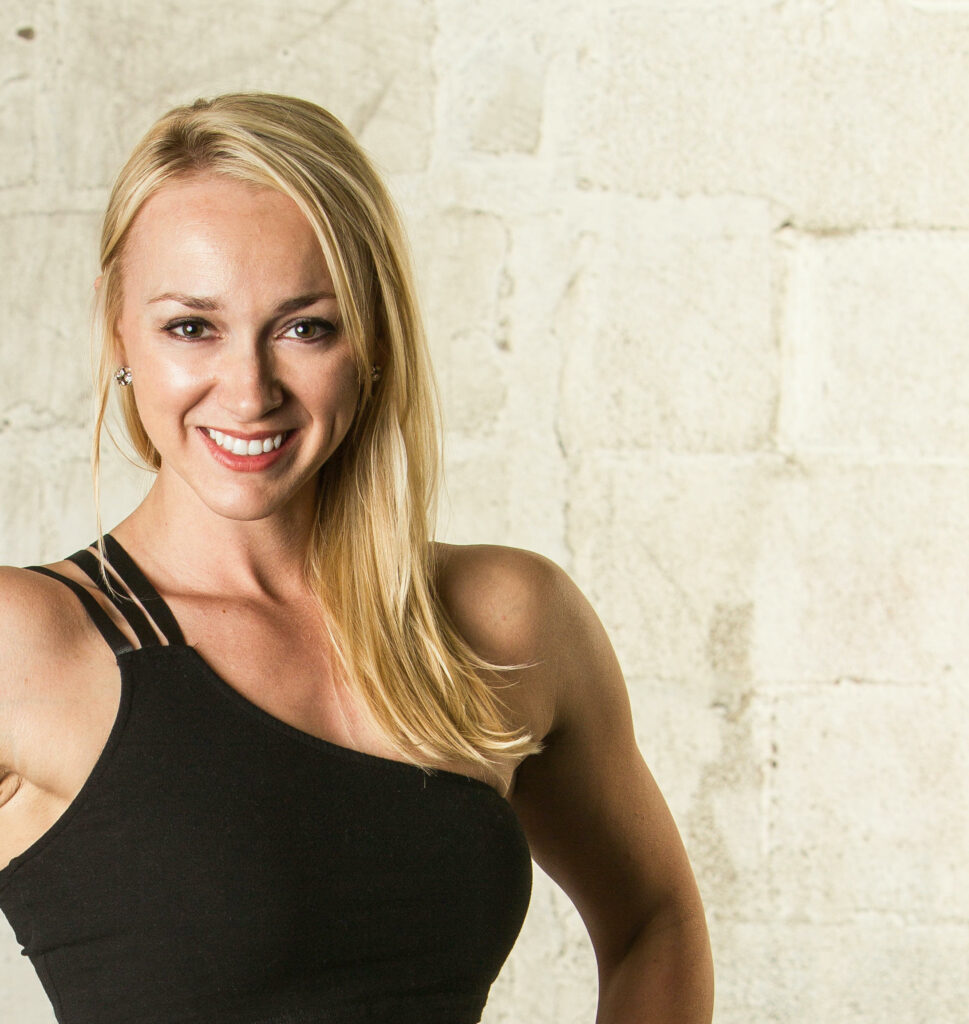
About the author
Kathryn Alexander is a strength coach and personal trainer in Austin, Texas. She loves hiking, college football, and the feel of a perfectly knurled barbell. Read more about Kathryn here.

